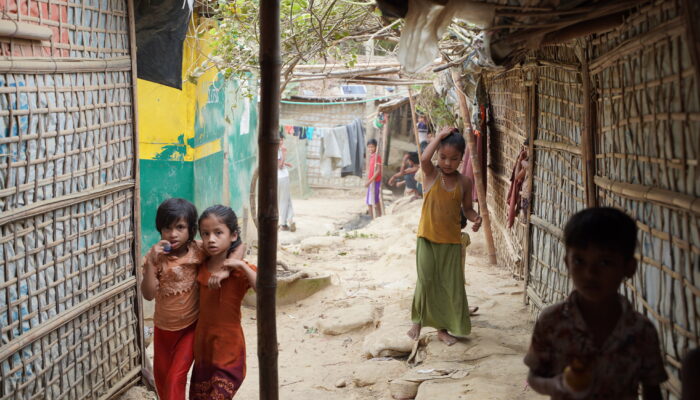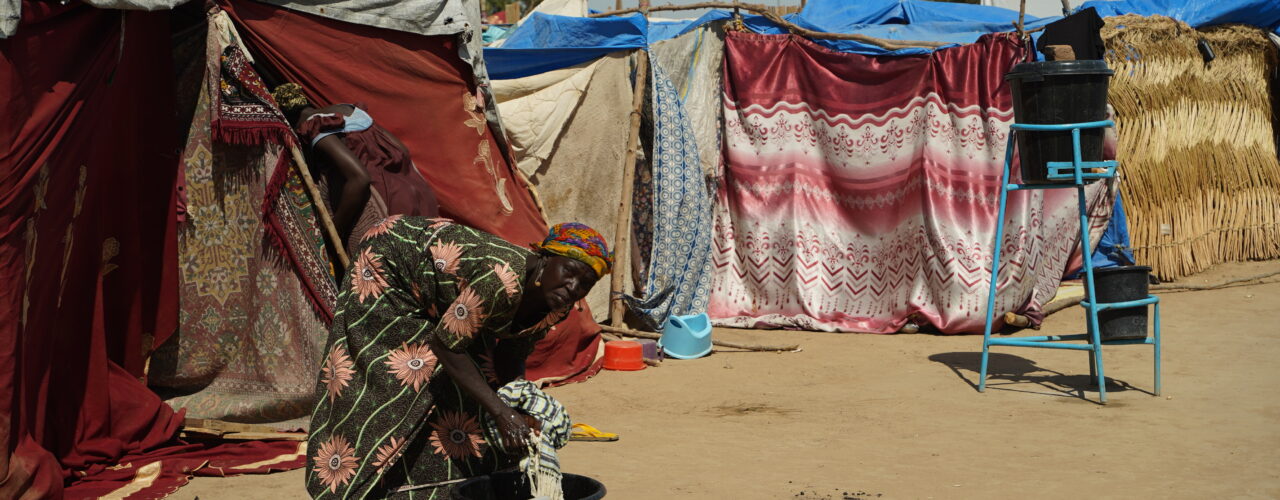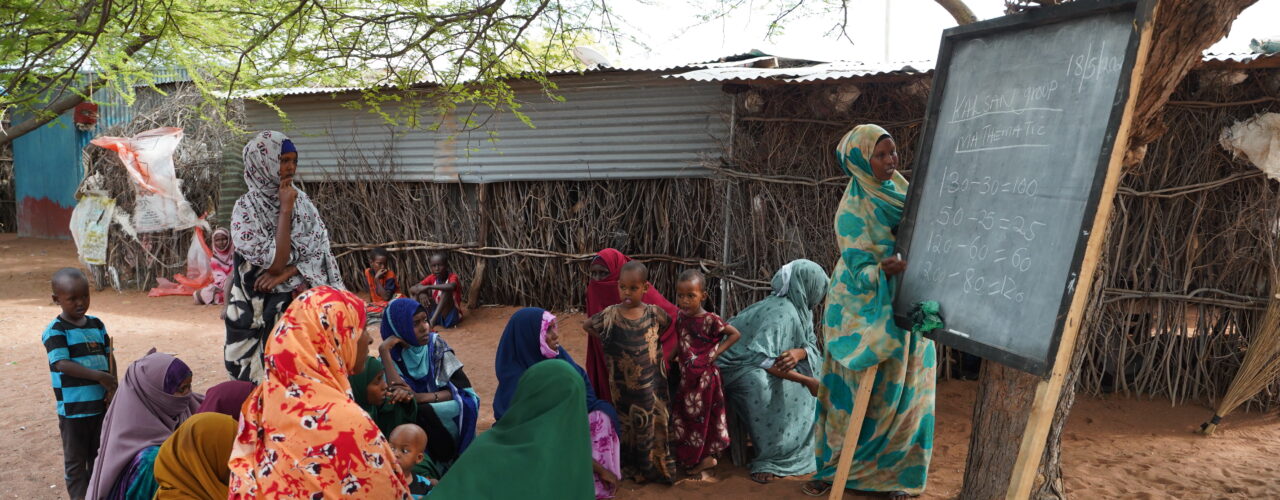Localisation of Humanitarian Research

We have seen many studies on localization. Why you felt another study on localization was required?
There is a considerable and growing body of literature on the localization of humanitarian assistance but very little about the localization of humanitarian research. While there is considerable overlap in the issues of these two domains, there are many issues unique to the localization of humanitarian research. This particular study focuses on humanitarian research, describing and analyzing the dynamics unique to the localization of humanitarian research, focusing primarily on the opportunities and challenges of humanitarian research institutions (HRIs) in the Global South (GS). It is based on evidence generated from interviews with Global South researchers and HRIs, a voice which is currently missing in the localisation discourse. Many of the findings of the report are similar to those in humanitarian assistance localization literature, but when applied to humanitarian research, these findings reveal lessons that are specific to research and to the nature of Global South HRIs.
In relation to localization: What should / can the humanitarian sector learn from the academic world?
Power differentials define the relationships between GN actors and GS institutions, and dictate how organizations engage in the humanitarian sector navigate it. The humanitarian sector operates on a structure imbued with prejudice, white hegemony, and racism inherited as a legacy from colonial systems. Specifically, the historical accumulation of wealth in the GN, often at the expense of the GS poses practical barriers as well as unnecessarily devalue GS institutions in the sector. The barriers that GS institutions in the sector face are structural and are therefore, systemic and profound, requiring structural changes. Simply providing more funding/grants to GS institutions or organizations through the current system will not effectively create equitable opportunities in the sector. A structural change is needed in how the humanitarian sector conducts its business, adding considerations for the unique value GS institutions can bring to the sector, and providing them with opportunities to directly manage and run humanitarian actions in their own regions.
Learning goes in both directions. The default focus on administrative and financial capacities ignores the many other types of capacities and assumes that if a GS HRI or NGO lacks administrative capacities, they must necessarily lack other capacities. However, GS HRIs have developed many innovative participatory research methods and strong policy advocacy skills the GN HRIs could learn from. Some interviewees suggested that GS HRIs should compile a collection of GS-designed or GS-inspired research methods and tools to showcase their distinct approaches and contributions to research. Many GS researchers have the personal skills to conduct good research but struggle without research-specific organizational infrastructure or a pool of qualified research assistants. With their more localized networks, conferences and strategic partnerships become even more important to GS HRIs, since conferences and partnerships can extend both their exposure and networks.
Within GN-led partnerships, GS HRIs and researchers should be brought on board from the initial planning of the research/project to get their grounded perspectives and input in the design and conceptualization to ensure they reflect the study population’s realities and interest. Moreover, the understanding of local is complex; thus, GN HRIs and donors should not assume that all GS researchers are considered “local” in their own country or community. Some, but certainly not all, of the unique contributions that GS HRIs may bring to a study will depend on their degree of localness. By the same measure, some of the barriers or risks the GS HRIs and researchers face may be due to being local.

And the other way around: What should / can the academic world learn from the humanitarian sector?
Longer term projects that are embedded in the affected community reduces expectations and pressures on humanitarian actors and the likely associated physical and emotional risks. In general, humanitarian interventions or providers who spends long periods in the field, helping them to depend and build trusting relationships with the community. In contrast, humanitarian researchers are not funded to spend extended periods in the field gathering data, increasing pressure to gather the required information in the stipulated timeframe. The relatively short time allocated for fieldwork may also reduce the researchers’ ability to develop strong and trusting relationships with those affected by humanitarian crises, yet they are often expected to hold deep conversations about sensitive issues. To address this challenge, academia should invest in longer term research projects that helps them to address mistrust and build lasting relationships with the affected communities for the benefit of their work/increase response and accuracy of the research findings.
Most humanitarian emergency contexts are poorly resourced with limited infrastructures or services required by the affected population, putting high expectations on research projects. Therefore, researchers must manage expectations caused by an increased vulnerability related to the humanitarian emergency. For example, sometimes there is a need to put in place referral measures for the study population. Yet, as researchers, we have minimal control over these services or the organizations providing them, or these services may be nonexistent in some communities. Moreover, it is also hard to draw a clear link between research and programs in humanitarian contexts, especially for research participants to understand the linkages. How research projects inform and feed into programs and policies that could benefit crisis affected populations remains unclear. Researchers have no control over using the research outputs to inform policies and programs or who benefits. The lack of clarity makes it hard to explain to research participants the distinction between research and programs or policies in a context of high needs or vulnerability. It is especially challenging, considering that much past research has not yielded any benefits to the participants. To make matters worse, some research processes are highly extractive without any mechanisms to take back the results to the study population to aid their work and advocacy with their leaders. Even when the study reports are shared, they are not packaged in accessible forms to most people who cannot read and write, rendering the reports meaningless. Efforts to share the study results usually target local, regional, and national leaders, at best, on the assumption that they represent their communities or would pass the information downward. This is never the case; most research participants never get to know anything about the study after it is published. The inability to meet the expectations of research participants or share research results with them may breed frustrations and resentment. Researchers must know this and devise measures to manage these challenges from the onset. This is something that humanitarian actors or providers understand, when they do an assessment they are usually meant to feed into viable projects than simply for the need of information or data.
Do you came across this ‘tiredness’ in all the interviews and other conversations of your research trajectory?
Yes, there was a real feeling of tiredness or wondering among some of the interviewees of when the GB commitment will finally materialise. Interviewees for this study have indicated that the GB has had no impact on the quality or quantity of their financial resources for research and insist that the commitments made under the GB must apply to the localization of humanitarian research as well as humanitarian assistance, explained one of the interviewee;
I’ve been waiting for the Grand Bargain to have an effect. I just finished a three-day reflection meeting with other centers in Colombia and Uganda, and we kept asking ourselves: ‘When does it get easier?’ Funding becomes harder to find because the whole pocket is shrinking. Aid money is decreasing.
Yet, the GB does appear to at least have advanced the dialogue on localization. “Buzzwords like ‘Grand Bargain’ and ‘localization’ have helped shift the discourse. … I’m thinking of humanitarian organizations we work with. I don’t know what the statistics would say. But I see increased opportunities—maybe not funding—but for strengthening their structures”. One interviewee argued that the best result to come out of the GB so far has been the emergence of networks like NEAR.
We also heard that the GN defines the accepted research methods and practices, with those proposed by GS HRIs often considered inferior, unacademic, and lacking rigor. GN expectations tend to be for text-heavy written outputs following specific conventions, which are accessible to a limited audience, primarily within the GN. Yet for the audiences targeted by many GS HRIs, other methods that are less dependent on large volumes of text may be more appropriate but are not considered robust research products by the existing GN paradigms.
Read the report here.
Or look at the website of NEAR to see more about their work.

